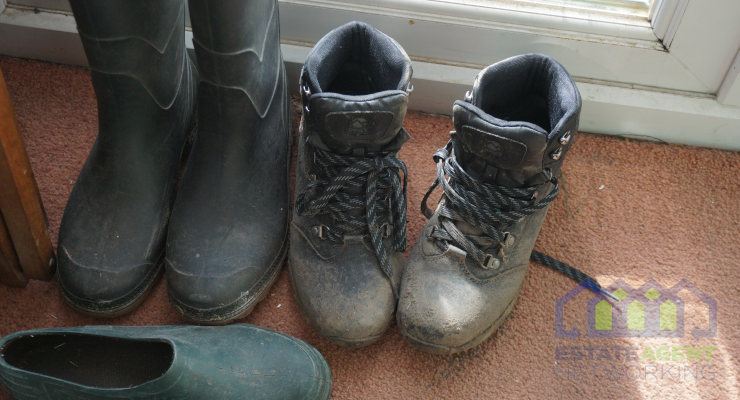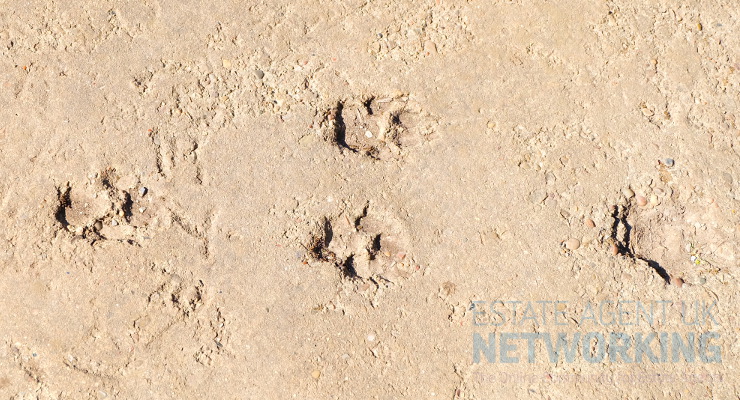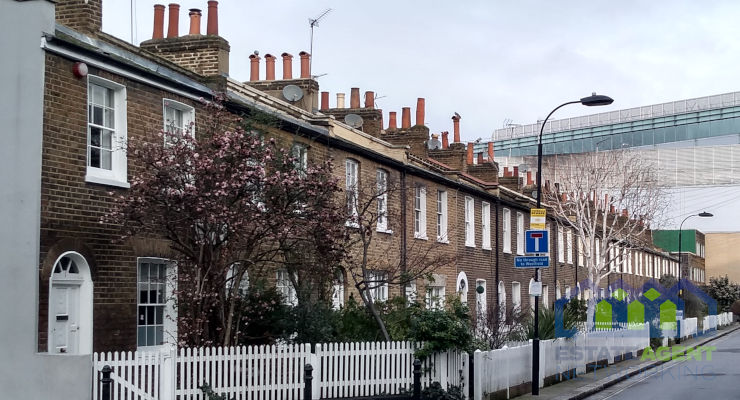From Wars to Wardrobes: The Rich History of Combat Boots
Embark on a journey through time, tracing the evolution of a footwear icon that transitioned from the battleground to the forefront of fashion—the combat boot. Born out of necessity in war, these boots have not merely survived but have integrated into our wardrobes, becoming symbols of strength and rebellion. Discover the history of combat boots with us, where each step tells a story of toughness and cultural influence.
What Are Combat Boots?
Combat boots are footwear designed specifically for military use. They are built to meet the demands of soldiers in the field, providing protection, support, and durability in various environments and under different operational conditions. Combat boots have evolved, and there are different types tailored to specific purposes.
As these boots have gained popularity beyond the military, civilian versions with a rugged aesthetic and versatile design have become fashion staples. For those looking to find the best options, check the guide for the best black combat boots to discover stylish and functional choices suitable for various occasions.
Different Types of Combat Boots
Here are some common types of combat boots:
1. Standard-Issue Combat Boots
These are the general-purpose boots issued to military personnel for everyday use. They are designed to be versatile and durable, suitable for a range of environments. Features often include ankle support, reinforced toe caps, and a rugged sole for traction.
2. Jungle Boots
Jungle boots are designed for hot and humid tropical environments. They typically have a canvas upper for breathability, drainage vents to allow water to escape, and a sole with good traction in muddy or wet conditions. The goal is to prevent fungal infections and provide comfort in jungle environments.
3. Desert Boots
Desert boots are intended for arid and sandy environments. They often have tan or desert camouflage patterns, and their design takes into account the need for breathability and protection from sand. The soles are usually designed to shed sand easily.
4. Cold Weather Boots
These boots are designed for use in cold climates and may feature insulation to keep the feet warm. They are often waterproof to protect against snow and slush. The design aims to prevent frostbite and provide comfort in extremely cold conditions.
5. Tanker Boots
Tanker boots are shorter boots that were originally designed for tank crews. They provide ankle support and protection while being shorter than standard combat boots, allowing for easier maneuverability within confined spaces.
6. Flight Boots
Military aviators wear flight boots. They are designed to provide ankle support and comfort during long periods of sitting, as well as protection in case of ejection from an aircraft. Flight boots may have flame-resistant features.
7. Specialized Boots
Specialized boots are designed for specific military roles or missions. For example, there are boots designed for amphibious operations, chemical or biological warfare protection, and special operations forces with unique requirements.
8. Tactical Boots
Law enforcement and military personnel frequently use tactical boots in urban or tactical areas. They may share features with combat boots, such as ankle support and durability, but may have a more modern design and be adapted for different roles.
The specific types of combat boots can vary among different military branches and countries, and technological advancements continue to influence their design and features. Additionally, civilian versions of combat-style boots are popular in fashion and outdoor activities due to their durability and rugged appearance.
The History of Combat Boots
The modern combat boot has undergone significant changes to meet the demands of contemporary military operations. Let’s go over some key points about the evolution of modern combat boots.
17th and 18th Centuries
With the emergence of firearms, military tactics changed, and so did the requirements for footwear. Soldiers needed boots that offered protection against bullets and other projectiles. High leather boots became a standard issue for many armies, and some featured reinforced soles to withstand rough terrain.
19th Century
The 19th century saw the introduction of mass-produced military footwear. Soldiers could now more easily obtain boots thanks to the Industrial Revolution’s ability to produce items on a massive scale. During the American Civil War, both Union and Confederate forces issued high-laced leather boots for their troops.
World War I
The trench warfare of World War I highlighted the need for durable and waterproof boots. Soldiers faced harsh conditions in the trenches, and the traditional high-laced design of combat boots became a standard issue. These boots often had hobnails on the soles for better traction in muddy terrain.
World War II
World War II marked a significant advancement in combat boot technology. The introduction of rubber soles and improved materials made boots more comfortable and suitable for various environments. The iconic “double buckle” or “paratrooper” boots were developed during this time and were widely used by airborne forces.
Post-World War II to Present
After World War II, combat boots continued to evolve with advancements in materials and design. During the Vietnam War, soldiers wore jungle boots, which featured drainage vents and a more breathable design for tropical environments. In modern times, combat boots have become a symbol of military service and are often adopted as fashion statements.
Today, combat boots are worn by military personnel worldwide and continue to be a fashion staple, appreciated for their durability, comfort, and distinctive style. The history of combat boots reflects the constant adaptation to the changing needs of soldiers and the influence of fashion on military attire.
Combat Boots in Fashion and Culture
Combat boots have made a significant impact on fashion and culture, extending their influence far beyond the military. Here’s a closer look at how combat boots have become a symbol of style and rebellion.
Subcultures and Counterculture Movements
Combat boots gained popularity in the latter half of the 20th century, becoming a hallmark of various subcultures and counterculture movements. In the 1970s and 1980s, punk rockers embraced combat boots as a symbol of rebellion and anti-establishment sentiment—the rough, military-inspired aesthetic of combat boots aligned with the anarchic and DIY ethos of punk culture.
Goth and Alternative Fashion
In the goth subculture, combat boots are often a staple accessory. The dark and edgy appearance of combat boots complements the gothic aesthetic, making them a preferred choice for both men and women within the alternative fashion scene. The combination of combat boots with dark clothing and accessories has become an enduring and iconic look.
Military Chic
The influence of military aesthetics on fashion, known as “military chic,” has permeated mainstream style. Combat boots, with their sturdy construction and practical design, have been incorporated into everyday fashion. High-end designers have adapted combat boot styles, making them a fashionable and versatile choice for those seeking an edgy and rugged look.
Celebrities and Pop Culture
Combat boots have been embraced by numerous celebrities, further solidifying their status as a fashion statement. Musicians, actors, and fashion icons often don combat boots on red carpets, in music videos, and in their day-to-day lives. This visibility in popular culture has contributed to the enduring popularity of combat boots as a symbol of coolness and rebellion.
The Lasting Impact of Combat Boots
Whether you’re lacing them up for style or the demands of your job, combat boots stand as timeless icons. From their military origins to cultural statements, these boots seamlessly blend toughness with rebellion. Breaking free from traditional norms, they’ve marched through history, embraced by celebrities and designers.
In the realm of fashion, combat boots remain steadfast symbols of strength and individuality. So, whether you’re navigating city streets or the challenges of your profession, the legacy of combat boots endures—a testament to their adaptability and undying influence in a world of ever-changing trends.









